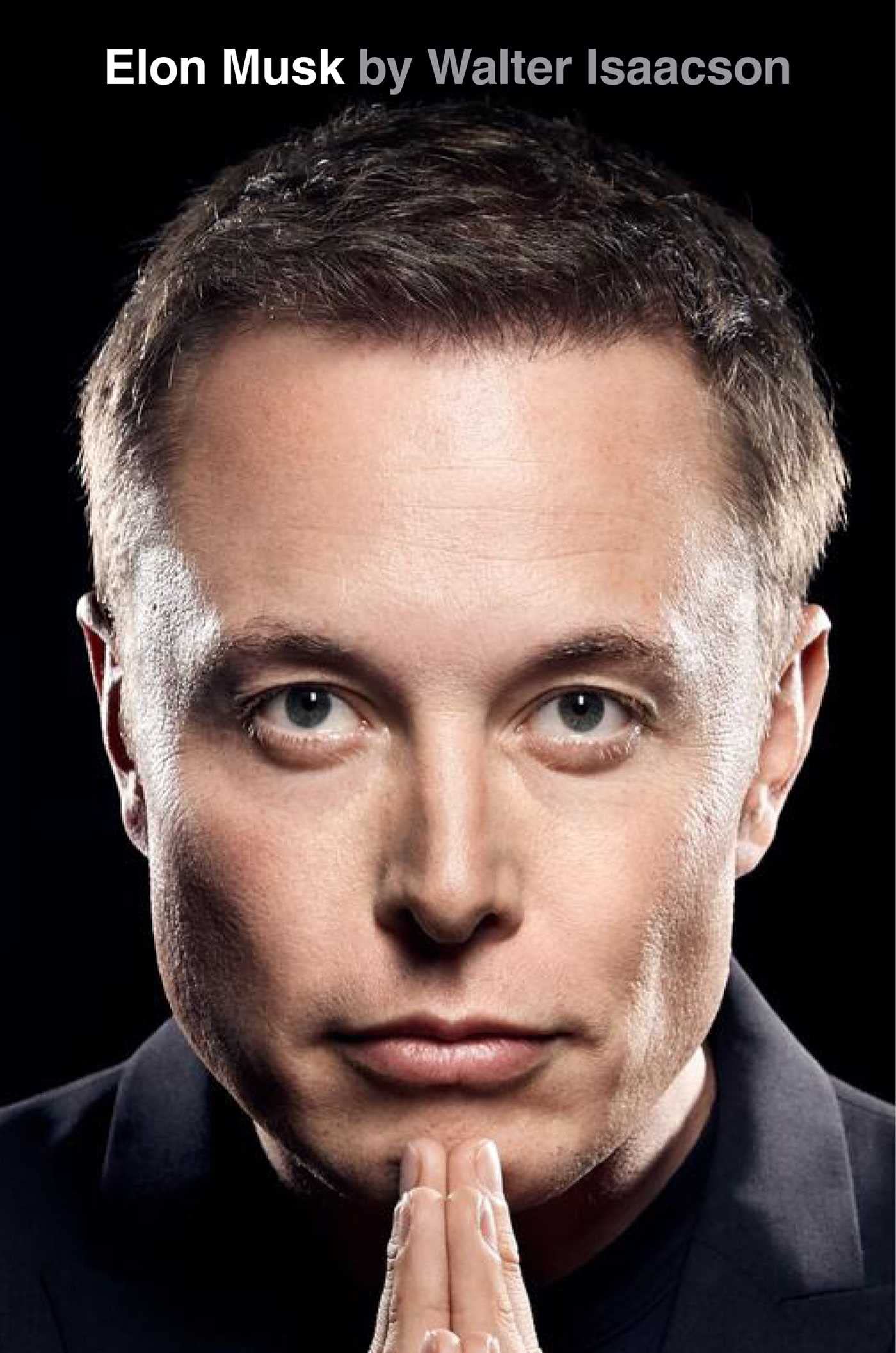25. Taking the Wheel
byTaking the Wheel was a defining period in Tesla’s history, spanning 2007 and 2008, as leadership struggles and internal tensions shaped the company’s future. The chapter primarily focuses on the removal of Martin Eberhard, Tesla’s cofounder and original CEO, and Elon Musk’s increasing control over the company’s direction. While Eberhard initially sought to find a successor, acknowledging that Tesla needed stronger leadership to overcome its mounting financial and operational difficulties, his departure was far from amicable. The company, facing severe cash flow issues, production delays, and rising costs, was in crisis, leading Musk to compare the situation to a burning house that needed immediate intervention. Investors were growing wary of Tesla’s financial instability, and employees were feeling the pressure of working at a company that seemed on the verge of collapse.
The turning point came during an August 2007 board meeting when Eberhard failed to present reliable cost estimates for the Roadster’s production, reinforcing Musk’s growing distrust. This was not just a miscalculation but a critical misstep, as Musk perceived it as an attempt to mislead the board about Tesla’s financial health. Although Eberhard denied any wrongdoing, the damage was done—shortly after the meeting, Musk made the call to remove Eberhard as CEO. The decision came as a shock to Eberhard, who had dedicated years to bringing Tesla to life, and the fallout was swift and bitter. Many within Tesla saw this as a necessary move, given the company’s dire financial situation, but others remained loyal to Eberhard and were skeptical of Musk’s growing influence.
Following Eberhard’s dismissal, cofounder Marc Tarpenning also chose to leave Tesla, signaling a broader shift in the company’s leadership. Eberhard, unwilling to go quietly, took his grievances public, openly accusing Musk of pushing him out unfairly and attempting to erase his role in Tesla’s foundation. The situation escalated into a legal battle, with Eberhard filing a lawsuit for libel, claiming that Musk was distorting the company’s history. After a drawn-out dispute, a 2009 settlement allowed both men to retain the official title of Tesla cofounder, but the damage to their relationship was irreparable, highlighting the personal and professional tensions that had defined their collaboration. This period of conflict made it clear that Tesla’s path to success would not be without casualties, as Musk was willing to make difficult decisions to keep the company afloat.
In the wake of Eberhard’s departure, Michael Marks stepped in as interim CEO, tasked with stabilizing Tesla and guiding it through its financial troubles. However, Marks soon clashed with Musk over fundamental business strategies, particularly Tesla’s approach to manufacturing. Marks, a proponent of traditional automotive industry practices, advocated for outsourcing vehicle assembly to established carmakers, arguing that it would reduce costs and streamline production. Musk, on the other hand, firmly believed that Tesla needed full control over its production processes to maintain quality and innovation, leading to growing friction between the two leaders. Marks had extensive experience in supply chain management, but his cautious approach contrasted sharply with Musk’s urgency to accelerate Tesla’s growth.
Marks’s tenure was short-lived, as Musk refused to compromise on his vision for Tesla’s future. Their disagreements reached a breaking point when Musk dismissed Marks’s concerns outright, insisting that Tesla maintain in-house production despite its financial struggles. This led to Marks’s resignation, further consolidating Musk’s control over the company. In 2008, Ze’ev Drori was appointed as the next CEO, though Musk remained deeply involved in decision-making, setting the stage for his eventual takeover as Tesla’s full-time CEO. As Tesla’s financial struggles deepened, Musk injected more of his personal wealth into the company, demonstrating his unwavering belief in the mission of accelerating the world’s transition to sustainable energy.
Throughout this turbulent period, Musk’s leadership style—characterized by unwavering ambition, an aggressive approach to problem-solving, and a willingness to challenge conventional wisdom—became increasingly evident. His relentless drive often put him at odds with those around him, yet his vision for Tesla’s future never wavered. Despite the chaos and controversy surrounding the company’s leadership transitions, Musk’s insistence on innovation and his refusal to bow to industry norms played a critical role in keeping Tesla afloat. The events of this chapter highlight not just the internal power struggles within Tesla but also the sheer determination required to steer a startup through near-collapse and onto the path of industry disruption. While some viewed Musk’s approach as ruthless, his ability to navigate Tesla through its darkest days ultimately laid the foundation for the electric vehicle revolution.


